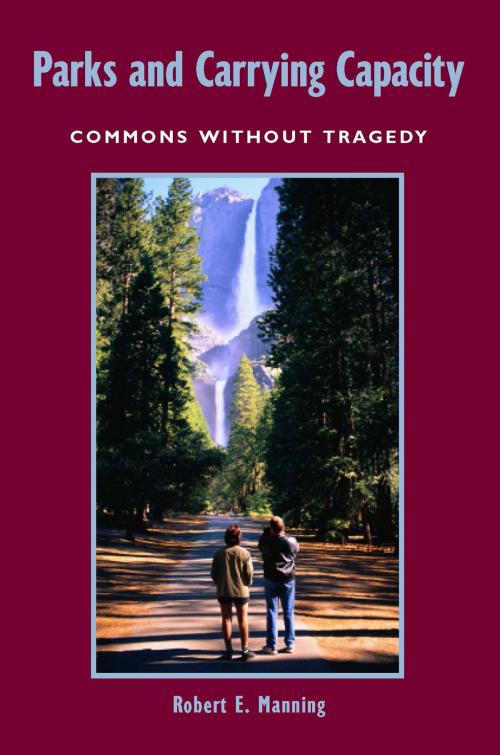Parks and Carrying Capacity
Commons Without Tragedy
Nonfiction, Science & Nature, Science, Earth Sciences, Other Sciences, Philosophy & Social Aspects| Author: | Robert E. Manning | ISBN: | 9781597266154 |
| Publisher: | Island Press | Publication: | April 16, 2013 |
| Imprint: | Island Press | Language: | English |
| Author: | Robert E. Manning |
| ISBN: | 9781597266154 |
| Publisher: | Island Press |
| Publication: | April 16, 2013 |
| Imprint: | Island Press |
| Language: | English |
How much can we use the environmwithout spoiling what we find so valuable about it? Determining the carrying capacity of parks and related areas is a perennial question whose urgency grows each year as the number of visits continues to increase. Parks and Carrying Capacity represents a comprehensive assessmof the issue, as it:
• offers a historical and conceptual treatmof
carrying capacity
• describes and illustrates research approaches for
assessing carrying capacity, including qualitative and quantitative
surveys, normative theory and methods, visual research approaches,
trade-off analysis, and simulation modeling
• examines managemalternatives for limiting the environmental
and social impacts of visitor use
• considers the broader question of environmental managemand
how the issue of carrying capacity can be applied more generally
• discusses how the theory and methods associated with managing
the carrying capacity of parks and protected areas might be extended
to other areas of environmental managementThe book includes a series of case studies that describe research programsdesigned to support analysis and managemof carrying capacity at eight diverse units of the U.S. National Park System, and an additional case study that explores how the foundational components of carrying capacity (formulating indicators and standards, monitoring, and adaptive management) are being applied in an increasing number of environmental and natural resources fields to address the growing urgency of sustainability. Parks and Carrying Capacity is an important new work for faculty, graduate and undergraduate students, and researchers in outdoor recreation, park planning and management, and natural resource conservation and management, as well as for professional planners and managers involved with park and outdoor recreation related agencies and nongovernmental organizations.
How much can we use the environmwithout spoiling what we find so valuable about it? Determining the carrying capacity of parks and related areas is a perennial question whose urgency grows each year as the number of visits continues to increase. Parks and Carrying Capacity represents a comprehensive assessmof the issue, as it:
• offers a historical and conceptual treatmof
carrying capacity
• describes and illustrates research approaches for
assessing carrying capacity, including qualitative and quantitative
surveys, normative theory and methods, visual research approaches,
trade-off analysis, and simulation modeling
• examines managemalternatives for limiting the environmental
and social impacts of visitor use
• considers the broader question of environmental managemand
how the issue of carrying capacity can be applied more generally
• discusses how the theory and methods associated with managing
the carrying capacity of parks and protected areas might be extended
to other areas of environmental managementThe book includes a series of case studies that describe research programsdesigned to support analysis and managemof carrying capacity at eight diverse units of the U.S. National Park System, and an additional case study that explores how the foundational components of carrying capacity (formulating indicators and standards, monitoring, and adaptive management) are being applied in an increasing number of environmental and natural resources fields to address the growing urgency of sustainability. Parks and Carrying Capacity is an important new work for faculty, graduate and undergraduate students, and researchers in outdoor recreation, park planning and management, and natural resource conservation and management, as well as for professional planners and managers involved with park and outdoor recreation related agencies and nongovernmental organizations.















